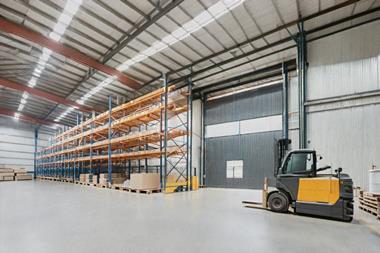Foresight Group has raised €851.4m for its sustainability-led energy transition infrastructure fund, exceeding its target by 70%.
The manager said the final close for the Foresight Energy Infrastructure Partners (FEIP) fund, which invests predominantly in Europe, surpassed the €500m original target.
FEIP welcomed additional commitments of €64m from existing limited partners and an Italian institutional investor at final close.
Including co-investments to date of €170m, this represents a total capital pool in excess of €1bn for Foresight’s energy transition strategy, the manager said.
Commitments were made by over 35 global institutional investors from Europe and North America.
The fund has made four investments to date, two construction stage onshore wind projects in Sweden and Finland, a portfolio of onshore wind projects in Spain and an energy-from-waste plant in Italy.
The manager said FEIP has a strong pipeline of further opportunities in Europe, North America and Australia.
Nigel Aitchison, Foresight’s head of infrastructure, said: “FEIP’s fundraising success highlights the attractiveness of its differentiated strategy and investor recognition of the profound importance of sustainability for the investing landscape.”
Dan Wells, co-manager of FEIP and Foresight partner, said: “FEIP is a second-generation clean energy infrastructure fund. We intend to contribute meaningfully to the continued rapid build-out of a reliable, resilient and low-cost decarbonised power system which lies at the heart of the necessary transition of the global economy to a sustainable basis.”
Richard Thompson, co-manager of FEIP and Foresight partner, said: “The fund’s strategy is to construct a resilient portfolio of infrastructure investments across renewables, storage and grid, which have complementary characteristics to mitigate risk, driving an enhanced risk-adjusted return.
“With a real focus on renewable enabling infrastructure, the fund has been designed to both optimise the risk-adjusted return and maximise sustainability impact by removing bottlenecks to the energy transition created by the need for more flexibility and connectivity to accommodate the growth in renewables.”
To read the digital edition of the latest IPE Real Assets magazine click here.















